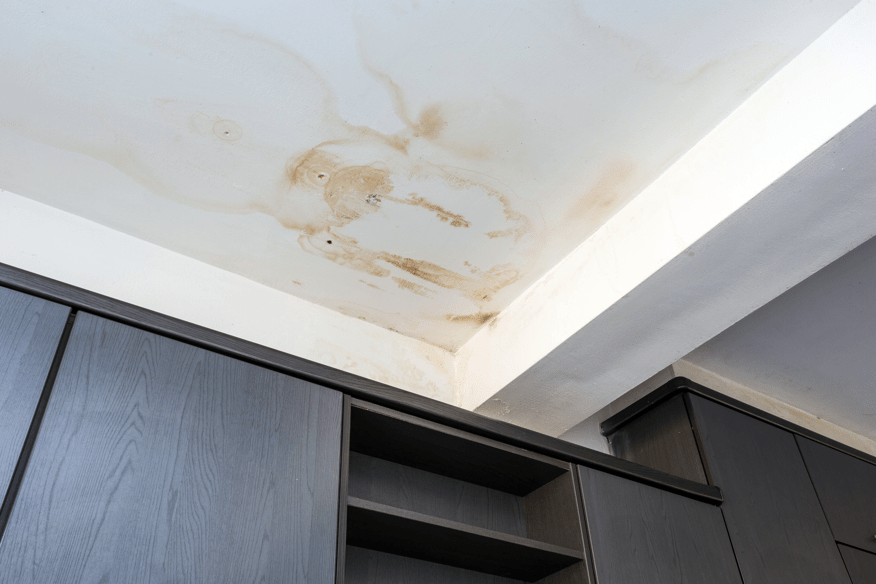Effective Water Mitigation Strategies You Required to Know
Water damage can be a disruptive and costly problem for residential property proprietors, making it important to be fluent in reliable water reduction techniques. From early detection and evaluation to reliable water removal methods and extensive drying out techniques, there are vital steps to take in mitigating water damages.

Very Early Discovery and Inspection
Early detection and assessment are essential action in the process of water mitigation to recognize and deal with potential sources of water damage without delay. By carrying out routine analyses of plumbing systems, devices, and architectural elements, water mitigation specialists can proactively identify areas prone to leaks, condensation, or flooding. Via extensive assessments making use of innovative modern technology such as dampness meters and thermal imaging cams, professionals can spot covert water invasion that might not be quickly noticeable to the nude eye. Identifying these issues early can avoid further escalation of water damages, inevitably saving time and resources in the mitigation process.
Additionally, early discovery permits for swift activity to be absorbed drying out impacted areas and executing necessary fixings to avoid mold growth, architectural deterioration, and other long-term consequences of water damage. Prompt treatment not just minimizes the prompt impact of water invasion however likewise assists in protecting the integrity and safety of the home in the future. For that reason, focusing on very early discovery and inspection as essential parts of water reduction approaches is important for reliable troubleshooting and restoration efforts.
Reliable Water Removal Approaches
Discovery and assessment are crucial action in any water reduction process, laying the structure for efficient water extraction techniques to promptly eliminate excess water from affected locations. Once the level of water damage is examined, it is critical to use efficient removal methods promptly. Water removal can be achieved with various methods, consisting of the use of powerful pumps, damp vacuums, and dehumidifiers.
Specialist water mitigation groups commonly use submersible pumps to swiftly remove big amounts of water from the premises. These pumps are qualified of extracting water at a fast rate, lessening the threat of further damages to the building. Wet vacuum cleaners are also typically utilized to target smaller areas or hard-to-reach areas where standing water continues.
Furthermore, dehumidifiers play a crucial role in the water extraction process by lowering moisture levels airborne and accelerating the general drying time - water mitigation company malta ny. By incorporating these removal approaches strategically, water reduction specialists can effectively draw out water, alleviate damages, and protect against mold and mildew development, inevitably recovering the afflicted area to its pre-loss problem
Thorough Drying Strategies
To make sure comprehensive water damages reduction, complete drying methods are essential in removing residual wetness and protecting against prospective structural concerns. After water extraction, the focus changes to drying the impacted locations totally.
In cases of water damages, permeable materials like drywall and carpeting can catch moisture, resulting in mold and mildew growth and architectural weakening if not appropriately dried. To address this, specialists might use customized equipment such as wetness meters to gauge dampness levels within you can check here materials, making sure comprehensive drying out. In addition, the removal of baseboards or drilling little openings in wall surfaces might assist in drying in wall tooth cavities where wetness can stick around unseen.
Mold Prevention and Remediation
Adhering to the extensive drying methods in water reduction, the emphasis now changes in the direction of addressing mold and mildew avoidance and removal to guard against potential wellness risks and architectural damage - mold mitigation saratoga. Mold and mildew can rapidly establish in locations affected by water damage, posturing major health and wellness threats and compromising the stability of the structure.
It is important to address mold concerns without delay and successfully to stop additional damage and ensure the safety and security of owners. By applying these mold prevention and removal methods, the threats connected with water damage can be substantially decreased.
Structural Fixing and Reconstruction

Painting walls, replacing floor covering, and dealing with any kind of visible water spots are usual practices. Furthermore, addressing any remaining dampness issues and guaranteeing correct air flow can help avoid future architectural damages and mold growth.
Final Thought
Finally, effective water mitigation methods such as very early discovery, reliable water Discover More Here removal, comprehensive drying, mold prevention, and structural repair service are vital in minimizing damage and bring back impacted areas (water mitigation company malta ny). By complying with these steps vigilantly, building proprietors can minimize the influence of water damages and stop additional problems such as mold growth. It is essential to act promptly and employ these strategies to make certain an effective water reduction process
Water damage can be a costly and turbulent concern for residential property owners, making it important to be skilled in effective water mitigation strategies. From very early detection and inspection to reliable water removal techniques and extensive drying strategies, there are necessary steps to take in mitigating water damages.Very early detection and inspection are critical actions in the procedure of water mitigation to recognize and attend to prospective sources of water damages quickly.Detection and assessment his comment is here are crucial steps in any type of water mitigation procedure, laying the foundation for reliable water extraction approaches to quickly get rid of excess water from impacted areas.In final thought, effective water reduction methods such as very early detection, reliable water extraction, thorough drying, mold and mildew prevention, and architectural repair service are essential in decreasing damage and recovering impacted areas.